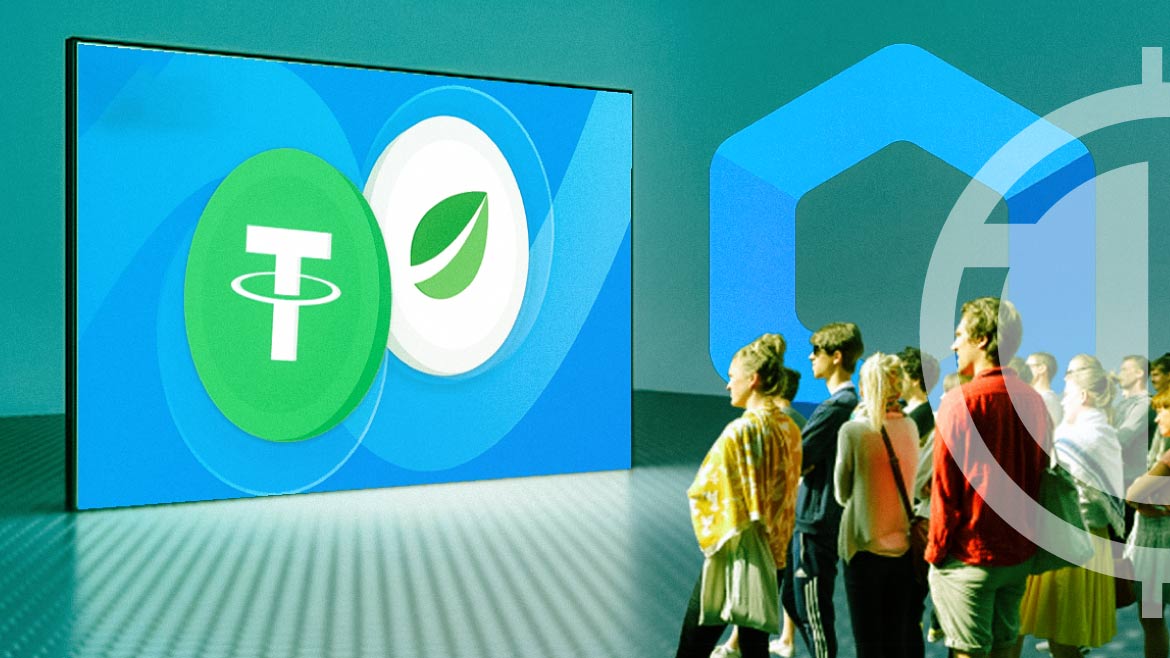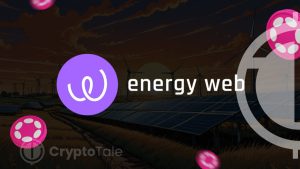
Tether, the crypto giant behind the world’s largest stablecoin USDT, recently announced that it would launch its flagship stablecoin on the layer 1 blockchain Kava. The announcement came a month after Kava successfully launched its “Kava 13” mainnet update, which allowed its infrastructure to offer greater security, scalability, functionality, and speed.
According to a press release from Tether earlier today, USDT’s debut on the Kava blockchain would help increase the stablecoin’s liquidity across multiple networks. Tether USD is currently supported on leading blockchains, including Ethereum, Solana, Algorand, EOS, Liquid Network, Omni, and Tron.
The Kava network was founded in 2018 as a distinguished network that leveraged the flexibility of the Ethereum virtual machine and combined it with the speed, low transaction fees, and interoperability of the software development kit of Cosmos. The network’s architecture also allowed users to tap the Cosmos zones feature in the Kava protocol.
Tether’s 100,000 USDT pledge sent Kava’s native token KAVA soaring more than 10%. At the time of writing, the token was trading at $0.89, with a 221% increase in its daily trading volume.
Speaking on the latest development, Tether’s Chief Technology Officer Paolo Ardoino stated:
We’re thrilled to be launching USDT on Kava, offering its strong community access to the world’s first, most stable, most trusted, and most widely used stablecoin. The Kava network is a unique and widely followed blockchain with a robust track record of four years with zero security issues, which is essential to protecting USDT users.
USDT’s debut on the Kava network came just a day after Tether and Bitfinex announced a grant of 100,000 USDT to support the open-source development of Qubes OS. The pledge underscored the firm’s commitment to supporting projects operating in decentralized finance.
Qubes, an open-source project in the data security and privacy sector, welcomed the grant by Tether. In a statement, the Qubes team noted that it would be used for open-source software development to continue the growth of its operating system.














